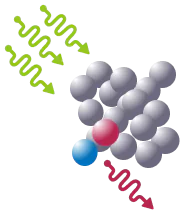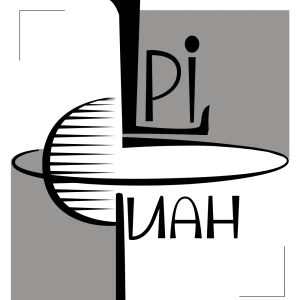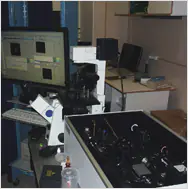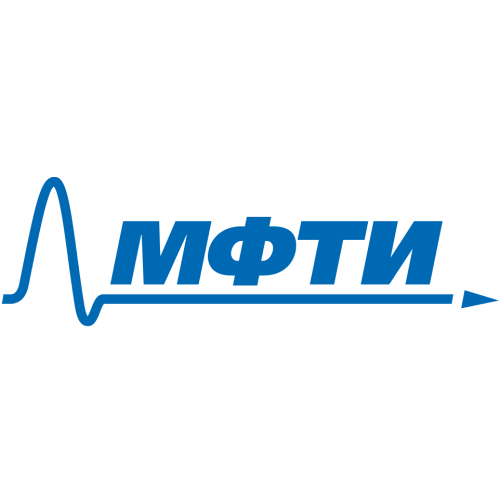Department of Luminescence named after S.I.Vavilov
Andrey A Vashchenko
The S.I. Vavilov Luminescence Department (originally the Luminescence Laboratory) was established by academician S.I. Vavilov simultaneously with the creation of the FIAN in 1934. The Vavilov-Cherenkov effect was discovered in the Department (Nobel Prize in 1958), the first domestic laser was created (chl.-corr. RAS M.D. Galanin). The main research areas of the Luminescence Department are photo- and electroluminescence of various organic, inorganic and hybrid systems. Fundamental problems of energy transfer of electronic excitation and charges in low-dimensional systems (colloidal quantum dots of different compositions and different geometries), in organometallic complexes. Currently, the Luminescence Department is working on the production of nanoparticles by an original method in an aqueous medium with acoustic effects, on the development of organic light-emitting devices (OLED), on the creation of effective ionizing radiation detectors, etc.
- Spectrophotometry
- Photoluminescence
- Electroluminescence
- Fluorescence lifetime
- Fluorescence correlation spectroscopy
- Confocal microscopy



Research directions
New generation organic light-emitting diodes based on luminescent beta-diketonate complexes of rare earth elements

Creation and comparative analysis of the radiative properties of promising single photon sources: quantum dots, nitrogen centers in diamonds and color centers in hexagonal boron nitride.










